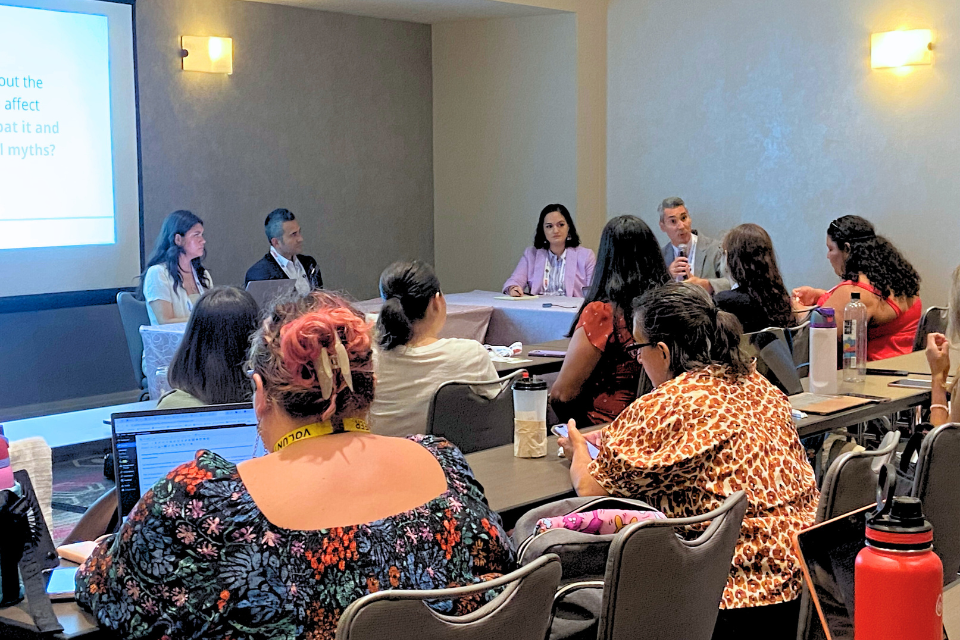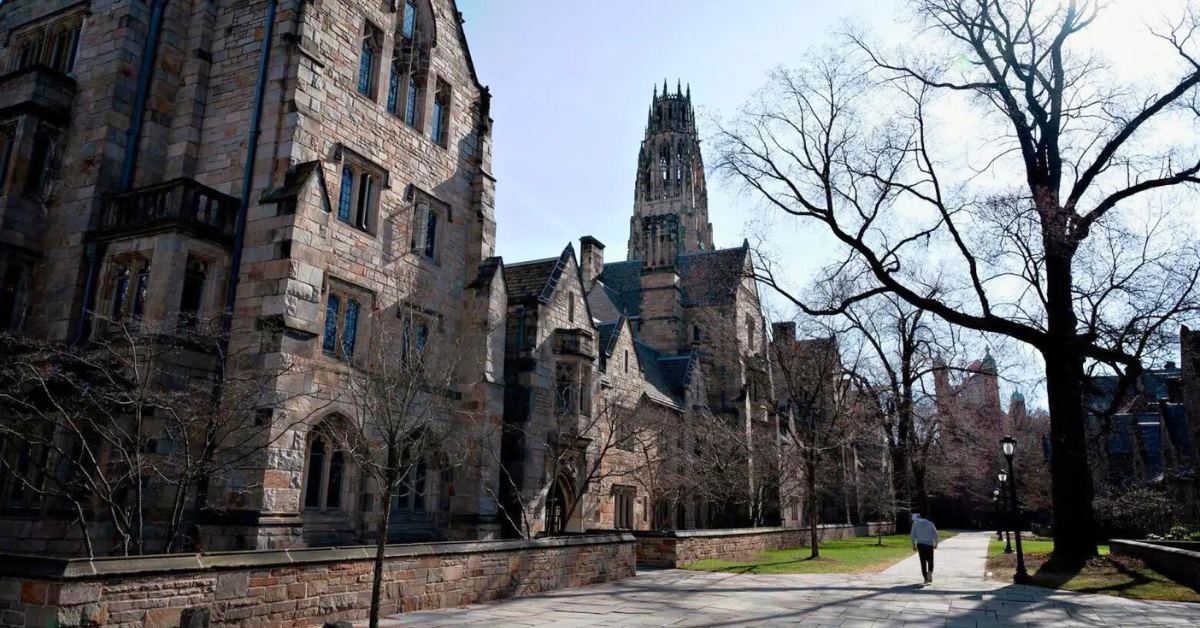Photo by Wayne Jebian
By Wayne Jebian
CTLatinoNews.com
The spirit of Main Street is alive and well in the Latino business corridors of Connecticut’s cities, as they grow to embody the ideal of mixed-use, multi-generational neighborhoods that are safe, well-lit and pedestrian friendly.
Park Street in Hartford, which received a facelift under the administration of the previous Mayor, Eddie Perez, is only the most conspicuous example. While the city has received mixed reviews for its efforts to revitalize its downtown section, traditionally anchored by large insurance companies, Park Street’s success as a small business corridor is undisputed. “Connecticut’s small businesses are the drivers of innovation, entrepreneurship, and job creation, and minority-owned businesses play a vital role,” Governor Malloy said recently.
The biggest news in small business is now coming out of Bridgeport, where that city’s Latino East Side is poised to take off with the start of major renovations to its harbor area. East Main Street, the primary Latino commercial corridor, meets the water very close to Steelpointe Harbor, where work has already started.
“In the near future, we’re going to have a huge inflow of people wanting to have businesses and do business on this side of town, on East Main Street,” said Richard DeJesus, who owns a local chain of auto repair businesses and serves as vice president of Bridgeport’s Hispanic Chamber of Commerce. DeJesus said that the city of Bridgeport has been helping to raise the area’s profile by providing funding for businesses to upgrade their facades.
Clodomiro Falcon, owner of Falcon advertising in Stratford, thinks that Bridgeport should emulate Hartford’s Park Street strategy, as New Haven has done with its Grand Avenue corridor. He gives credit to SAMA, the Spanish American Merchants Association, currently headed Julio Mendoza. “They have played a key role in what Park Street is today,” said Falcon. “In New Haven, they are helping every single business to improve their storefront, to get financial as well as technical assistance. They play a very active role in helping Hispanic businesses.”
Falcon says that the most visible trend with the state’s Latino businesses community is the impact of diversification, as increasing numbers of people arrive from Central and South America and outnumber those of Puerto Rican descent. The result has been an explosion of different types of restaurants, particularly in culinary hubs like Stamford and Norwalk. Norwalk’s Latino Business corridor centers around South Main Street, whereas Stamford has East Main Street and West Main Street.
Some cities have distinct clusters of specific nationalities, according to Falcon. For instance, Stamford has an unusually large Guatemalan population, so that city boasts a Guatemalan deli, Antojitos Chapines. Norwalk’s Venezualan cluster has given rise to Valencia Luncheria. Colombian-owned businesses, with restaurants just the tip of the iceberg, are spreading throughout Fairfield county.
Of course, the most visible statewide trend is the proliferation of Peruvian Restaurants. A handful of them are helping to give an international flavor to the New Britain Avenue business corridor on both sides of the Hartford/West Hartford line. The trend has followed the influx of Peruvian families as far east as New London.
“New London has a huge Latino population,” said Guido Garaycochea, founder of New London’s Expressiones Cultural Center, who is himself originally from Peru. He points to the Peruvian restaurant Pollo a la Brasa on Broad Street as evidence of the growing trend. Garaycochea says that New London doesn’t have the kind of concentrated business corridor that one might find in other cities; however, Bank Street, where Expressiones is located, also boasts the Mambo Bar and Restaurant, a pillar of New London’s dining scene.
Other cities with significant and growing Latino business districts include Waterbury, Danbury, West Haven, Willimantic, Wallingford, Meridan and New Britain. Although the latter city is marked by strip malls both in the downtown section and surrounding neighborhoods, some consider Arch Street to be the business epicenter of this heavily Latino city.
Hilda Santiago, the State Representative from Meriden, credits her election not only to the growing Latino population in the middle of the state but also to the role of businesses as focal points for political and cultural activities. She herself held fund-raising events at Eben-Ezer, a Puerto Rican restaurant on West Main Street, the heart of downtown Meriden’s Latino business corridor.
The fact that Latino commercial districts are reviving the concept of being centers of community, not simply utilitarian places of commerce, is what is so significant about the small business renaissance being spearheaded throughout the state by Latino businesses. “It’s family oriented; it’s cohesive; it’s vibrant,” said Falcon. “The culture plays a very key role. If you go to Puerto Rico, or you go to any country in Latin America, you will see here similar things that you see there – in the grocery stores, in the decorations, in the restaurants.”
Economically speaking, Connecticut’s Latino business corridors have brought viability back to areas that were at one point being vacated en masse as economic activity moved to the suburbs. As these businesses, combined with municipal revitalization projects like the ones going on now in Bridgeport, “gentrify” strips like East Main Street, will they become victims of their own success and be priced out of their neighborhoods?
“I couldn’t say that it has not crossed my mind and that I’m not worried about it,” said DeJesus. “When these urban areas get redeveloped and developers come from out of town, those sorts of things tend to happen. We don’t foresee that happening on East Main Street. It is a very urban and very Latino-populated demographic, and I think it’s going to stay Latino, in my own personal opinion.”



